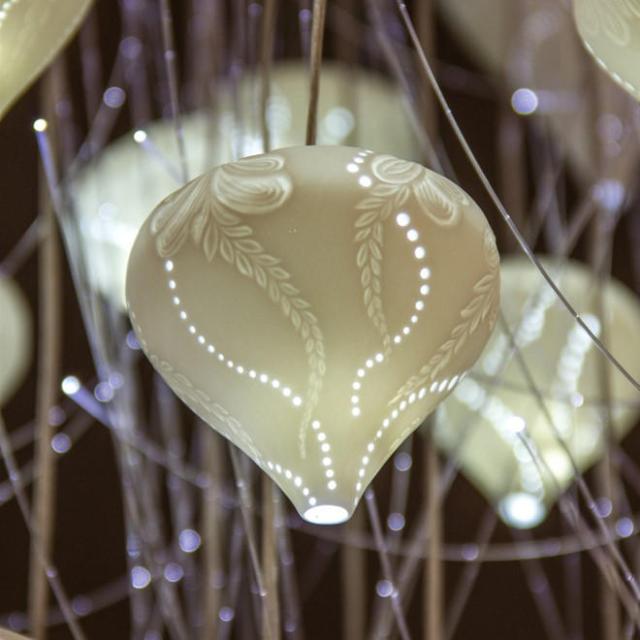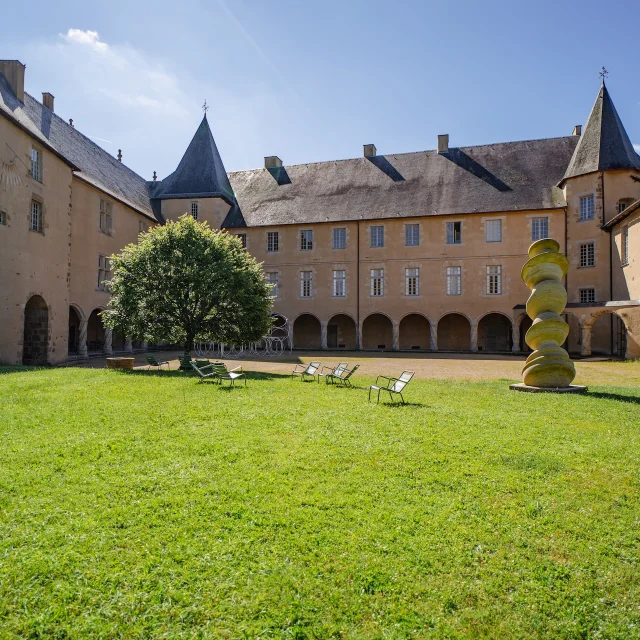A royal treasure
Yes, Limoges porcelain has a royal history. And not just a little! After the discovery of the kaolin deposit at Saint-Yrieix-la-Perche in 1767, Turgot, then Intendant du Limousin, quickly realized the economic benefits of setting up a factory in Limoges. Economic, yes, because at the time, the French Court was importing porcelain from Saxony at a high price… Louis XV bought the deposit, making porcelain production a royal privilege.
Limoges had everything needed for a manufacturing project: water from the Vienne, abundant forests for firewood, and earthenware experts. And off you go! Hard porcelain was first produced by the Grellet and Massié-Fournérat brothers’ factory in 1771, the future “Royal Limoges”. The royal factory came under the control and protection of the Comte d’Artois, brother of Louis XVI, in 1774.
This unique expertise in the service of kings attracted the attention of the most prestigious sovereigns, who commissioned gold-encrusted and sumptuously decorated dinner services for their official or private residences. For example, did you know that Louis XVI presented Marie-Antoinette with a porcelain service adorned with flowers and exotic birds? That Louis-Philippe had the Château de Fontainebleau decorated with Limoges porcelain vases and candelabras? Tsar Alexander I of Russia, Queen Victoria of England, King Farouk of Egypt… Nothing is too precious to represent royal power!
A symbol of elegance, refinement and luxury, porcelain was the center of covetousness in the 18th century, and that was just the beginning of a 250-year Limousin epic of creativity!
 Porcelaine Jl Coquet
Porcelaine Jl Coquet 









